
Section 6: CHamoru Renaissance
Cultural preservation is an important aspect of self-determination. For modern day descendants of Indigenous cultures, links to the past demonstrate unity, identity, distinctiveness, and relevance

Cultural preservation is an important aspect of self-determination. For modern day descendants of Indigenous cultures, links to the past demonstrate unity, identity, distinctiveness, and relevance

In the CHamoru culture, as in many other Pacific Island cultures, elders (mañaina) are held in high regard and treated with deep respect. Individuals grow

Inspired by the CHamoru/Chamorro concepts of mo’na, pa’go and tatte. The timeline covers important moments in Guåhan’s history showcasing the role that the Chamorro people,
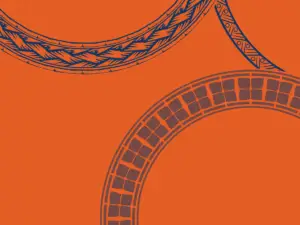
Throughout the second half of the 20th century Guåhan’s leaders encountered multiple challenges to pursuing self-determination through the mechanisms available within the US domestic legal

Often, discussions of Guåhan’s quest for self-determination are mired in terminology that is difficult to make sense of. We unpack some of these terms here
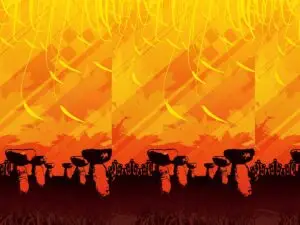
Few issues in Guåhan’s history garner such diverse reactions as the efforts for CHamoru self-determination and the decolonization of our island. Opinions differ on the
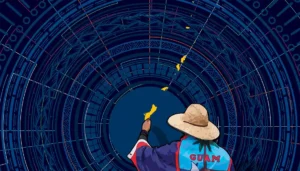
In 2013 Guampedia launched a new section that included twenty new entries and a slew of historical documents that highlighted the major issues, challenges and
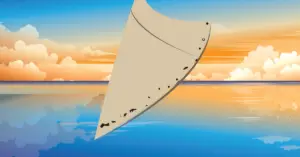
Held February 2021 and themed “Navigating 500 Years of Cross Cultural Contact”
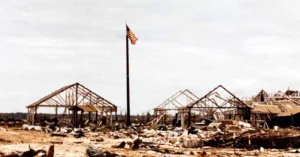
Annotated Bibliography. World War II in the Marianas (1941-1945) played a significant role in shaping the islands today. Many papers, articles and books have been
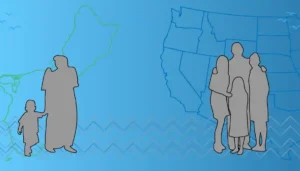
Since 2008, Guampedia.com has been recognized as a valuable community resource for and about the Mariana Islands. With a small managing team and a network